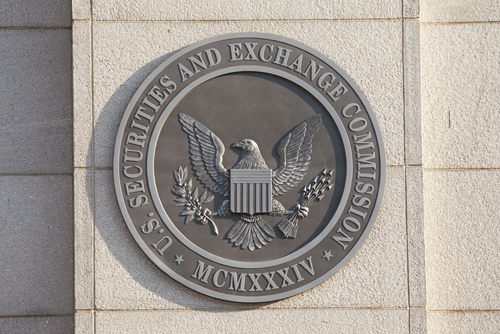The SEC Just Launched a Fake ICO Website to Educate Investors
The U.S. Securities and Exchange Commission wants to ensure investors can identify fraudulent initial coin offerings – even if it has to launch its own to do so.
The regulator announced Wednesday it has launched a mock ICO called HoweyCoin, presumably named after the Howey Test, which “touts an all too good to be true investment opportunity.”
However, the company notes, “the offer isn’t real.” Users who try to invest in the token sale will instead be redirected to the regulator’s education tools, which are aimed at pointing out the signs of fraudulent token sales.
According to the HoweyCoin website, most travel businesses “require processing, centralized currency, and most importantly, nickel and dime fees that add up to literally billions.”
HoweyCoin is different, the fake site says, because:
“HoweyCoins utilize the latest crypto-technology to allow travelers to purchase all segments without these limitations, allowing HoweyCoin users to buy, sell, and trade in a frictionless environment – where they use HoweyCoins to purchase travel OR as a government-backed, freely tradable investment – or both!”
The website goes on to report that investors will receive 1-2 percent returns, and advises them to “HODL,” mimicking websites for existing fraudulent or potentially fraudulent token sales.
The site similarly features Twitter testimonials and list of its team members, though whether any of them are real is debatable – there are no social media or professional profiles linked to the names.
In a press release, the SEC also noted that the site includes “a white paper with a complex yet vague explanation of the investment opportunity, promises of guaranteed returns, and a countdown clock that shows time is quickly running out on the deal of a lifetime.”
In a statement, Owen Donley, chief counsel of the SEC’s Office of Investor Education and Advocacy, said that the site incorporates many of the hallmarks of fraudulent token sales – pertinent information for investors looking to avoid financial pitfalls.
“Fraudsters can quickly build an attractive website and load it up with convoluted jargon to lure investors into phony deals,” said Donley. “But fraudulent sites also often have red flags that can be dead giveaways if you know what to look for.”

